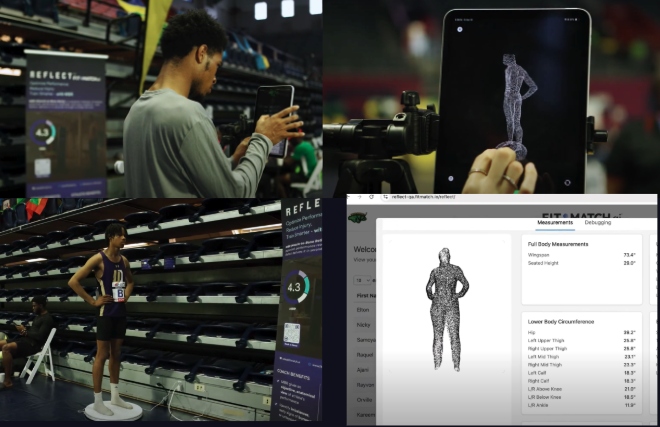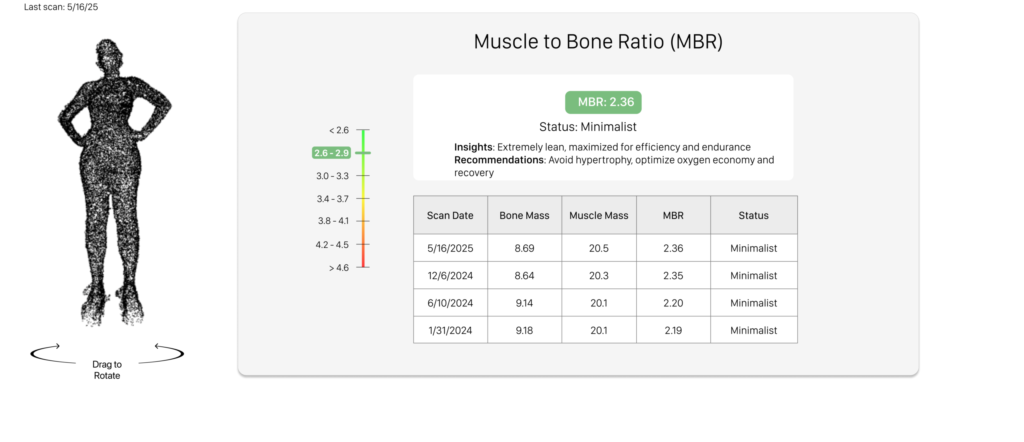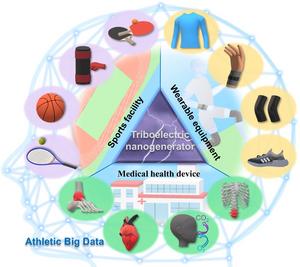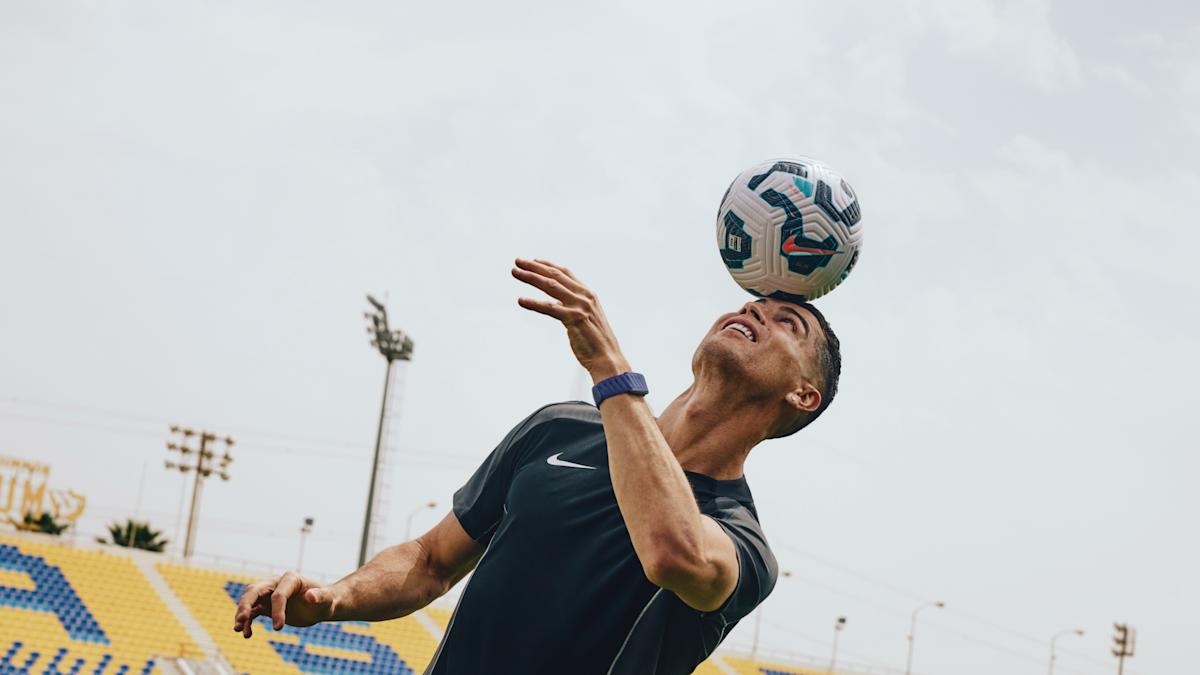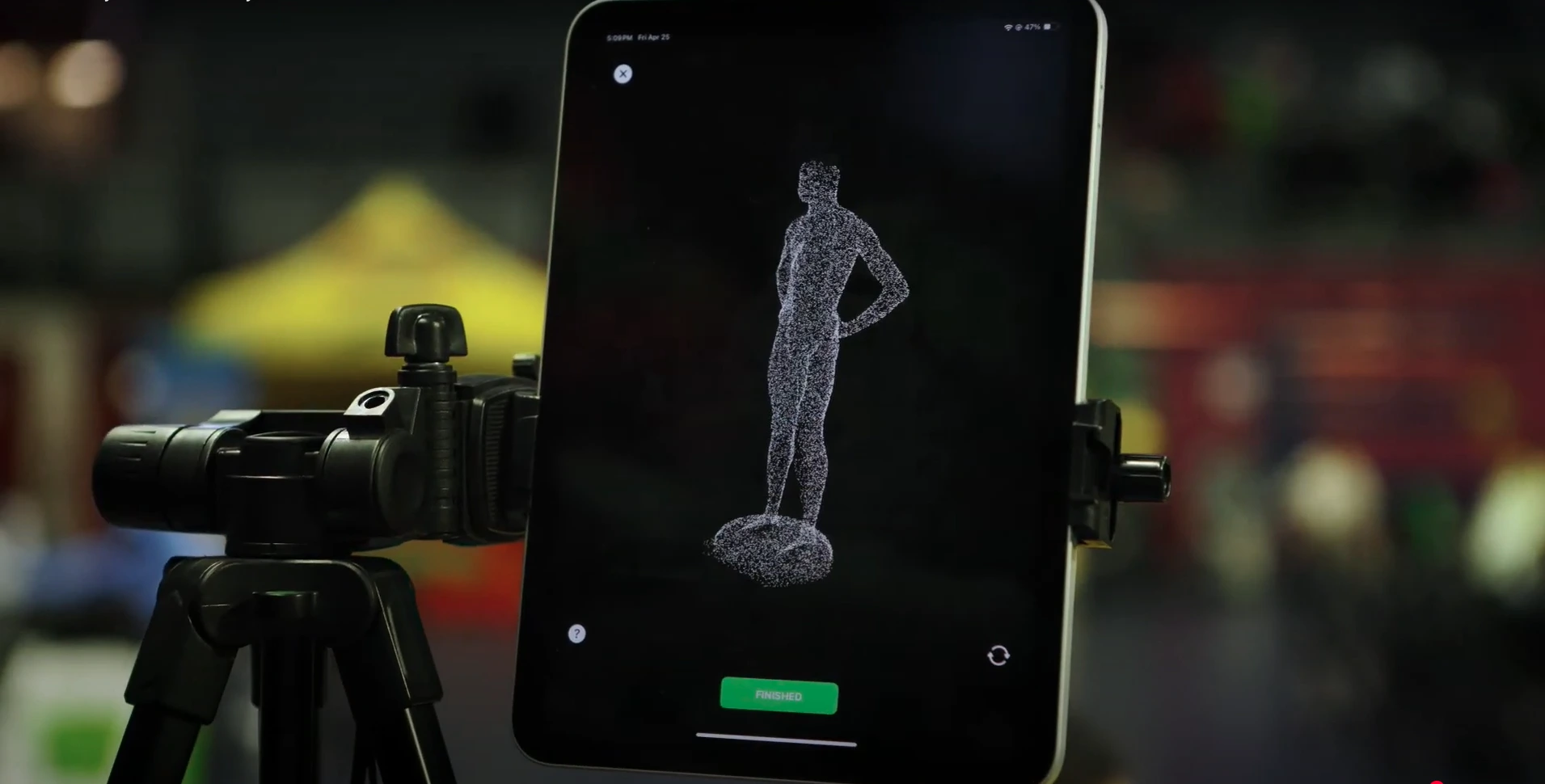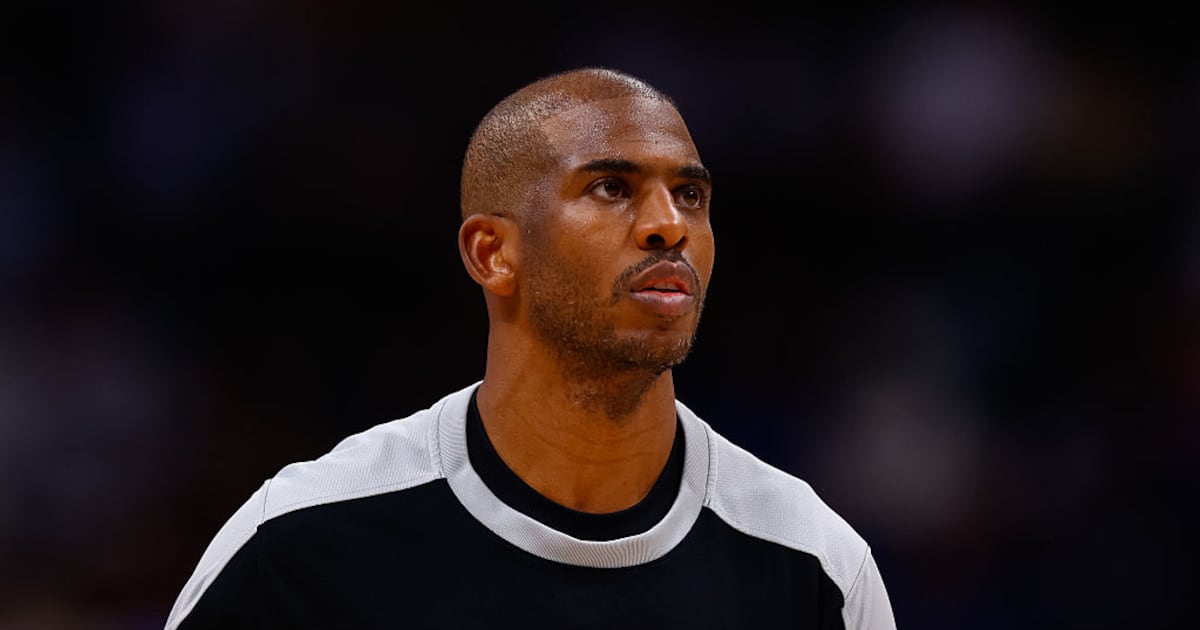Esports betting continues to gain momentum as traditional sportsbooks recognize the untapped potential of this rapidly growing sector. In a significant industry development, Coolbet has joined forces with specialized provider Oddin.gg through a multi-year partnership that aims to revolutionize how esports enthusiasts engage with betting markets. This collaboration highlights the increasing importance of specialized esports solutions as operators compete for the attention of a tech-savvy, engaged demographic.
A Strategic Partnership for Long-Term Growth
Coolbet’s decision to partner with Oddin.gg represents more than just another business agreement-it signals a deliberate strategic pivot toward the esports sector. The multi-year commitment demonstrates Coolbet’s confidence in the sustained growth of esports betting and their desire to establish a prominent position in this evolving market.
The partnership centers around Oddin.gg’s advanced Odds Feed solution, which will significantly enhance Coolbet’s esports betting offering. Rather than treating esports as a secondary product, Coolbet is investing in specialized technology that addresses the unique needs of competitive gaming fans who expect deep market coverage and real-time engagement options.
Christian Erlandsson, Director of Sports at Coolbet, expressed enthusiasm about the partnership’s early results:
Working with Oddin.gg has exceeded our expectations, both in terms of product performance and the relationship itself. We’ve seen a strong impact since launch, and we’ve appreciated how smooth and responsive their team has been. What’s been especially refreshing is that we’re already moving beyond day-to-day operations to explore new ways of working together-like joint industry panels and knowledge-sharing initiatives.
This sentiment was echoed by Marek Suchar, Co-Founder and Managing Director of Oddin.gg, who highlighted the collaborative nature of the relationship: “And as we deepen this collaboration, we’re excited about what we can build together-not just in terms of numbers, but in how esports betting is delivered to Coolbet’s end users.”
Who is Coolbet? An Established Operator with Growing Ambitions
To understand the significance of this partnership, it’s helpful to know more about Coolbet’s position in the market. Founded in 2015, Coolbet operates as the B2C brand of GAN Ltd and has established itself as a multi-award-winning platform offering sportsbook, casino, and poker products. The company has grown substantially over the past decade, now employing between 200-500 staff members and generating annual revenue in the range of $25-100 million.
Under the leadership of CEO Anders Karlsen, Coolbet has expanded its operations to ten countries, serving more than one million customers worldwide. The company’s headquarters in Sliema, Malta, serves as the base for its international operations.
Coolbet has built its reputation on transparency and competitive odds, with proprietary technologies that enable the delivery of top market pricing across a variety of sports and localized betting markets. The company’s philosophy centers around entertainment and fair play, which has helped it cultivate a loyal customer base in an increasingly crowded market.
The move to strengthen its esports offering through the Oddin.gg partnership aligns with Coolbet’s forward-thinking approach to market development. As traditional sports and casino operators face increasing competition, diversification into high-growth verticals like esports represents a logical progression for established brands looking to connect with younger demographics.
Oddin.gg: The Specialized Esports Betting Technology Provider
On the other side of this partnership is Oddin.gg, a company that has rapidly established itself as a leading B2B provider in the esports betting ecosystem since its founding in 2018. Based in Prague, the company has grown to employ between 201-500 people, demonstrating the significant scale of operations needed to service the expanding esports betting market.
Oddin.gg has developed a comprehensive suite of products designed specifically for esports betting, including its flagship odds feed, risk management tools, iFrame solution, widgets, 24/7 content delivery, live esports data, and specialized marketing services. This end-to-end approach allows operators like Coolbet to implement a complete esports betting solution rather than piecing together components from multiple vendors.
The company’s technology combines automated infrastructure with machine learning algorithms and advanced data science to maximize profitability for its partners. This technical sophistication has attracted an impressive client roster that includes industry leaders such as Betsson, Betway, Yolo Group, Stake, OpenBet, Vibra Gaming, and Betby.
Oddin.gg has also secured licenses in multiple North American jurisdictions, including New Jersey, Colorado, West Virginia, Ohio, and Arizona in the United States, as well as Ontario, Canada. This regulatory approval positions the company well for expansion in the growing North American market, providing additional value to partners like Coolbet with multi-regional ambitions.
Recent Developments for Oddin.gg
In March 2024, Oddin.gg announced another significant partnership with Sportradar, one of the most prominent sports technology companies globally. Under this agreement, Oddin.gg provides Sportradar with access to streams of notable esports tournaments and leagues, including the PGL Copenhagen Major 2024, Dacha Dota 2 qualifiers and main events, Dacha CS2 qualifiers and main events, and the Tipsport MCR 2024 CS tournament.
This arrangement allows Sportradar to distribute these streams to its extensive network of partners worldwide, enhancing the availability of esports content for betting purposes. The partnership also includes provisions for Oddin.gg’s data rights to be distributed to sportsbooks through Sportradar’s integrated streaming product.
Patrick Mostboeck, SVP of Audiovisual at Sportradar, emphasized the strategic importance of this collaboration: “This agreement further strengthens Sportradar’s esports offering while supporting Oddin.gg in realising their growth plans through AV streaming for betting. Sportradar’s ultra-low latency audiovisual outputs, as well as our comprehensive Live Odds and real-time trading solutions, provide betting operators with the critical materials they need to commercialise the global, highly engaged esports fan base.”
In addition to these partnerships, Oddin.gg achieved two significant milestones in 2024, including the introduction of a dedicated BetBuilder for esports and eSims, further enhancing its product offering in the specialized esports betting market.
The Current State of Esports Betting
The partnership between Coolbet and Oddin.gg takes place against the backdrop of a rapidly evolving esports betting landscape. According to market reports, Counter-Strike continues to dominate the esports betting sector, accounting for an impressive 64% of the total betting market share across Kambi’s network of operators in Q4 2024.
The report reveals interesting trends across different game titles. While Dota 2 experienced a 4% decline in betting handle throughout 2024, League of Legends saw a 2% growth, capturing 26% of the total betting handle for the year. Perhaps most notably, VALORANT demonstrated the most significant shift, increasing from 3% of the betting handle in 2023 to 5% in 2024.
Demographics also play a crucial role in understanding the esports betting market. Gen Z bettors have overtaken Millennials in 2024, making up 44% of the total sample size compared to 36% in 2023. This generational shift highlights the importance of catering to younger audiences who have grown up with esports as a mainstream entertainment option.
When examining betting behavior around specific events, CS2’s Shanghai Major attracted the most attention, drawing 28% of total bets in Q4 2024 across Kambi’s network, followed by the League of Legends World Championship at 19%. Interestingly, Counter-Strike fans demonstrate a stronger preference for live betting, with 46% of total CS bets placed during matches, compared to just 28% for VALORANT.
These insights into the esports betting market provide valuable context for understanding why partnerships like the one between Coolbet and Oddin.gg are becoming increasingly common. As operators recognize the unique characteristics and growth potential of esports betting, specialized solutions become essential for capturing market share.
Technological Innovation Driving Industry Growth
The esports betting sector is being transformed not just by specialized providers like Oddin.gg but also by broader technological innovations, particularly in artificial intelligence. The sports betting industry, traditionally reliant on human intuition and manual odds-setting, is rapidly evolving into a data-driven, highly automated field.
AI technologies are enabling startups and established operators alike to analyze massive datasets in real-time, incorporating player statistics, weather conditions, team dynamics, historical outcomes, and even social media sentiment to create more accurate odds. Companies are pioneering this approach, using machine learning algorithms that continuously improve with each game played.
Another technology which is currently revolutionizing the online betting sphere is the increased use of cryptocurrencies for wagering.
These AI-powered models create dynamic, constantly updating odds that adapt as new information becomes available, making the betting experience more engaging and potentially more profitable for both operators and bettors. The technology also enables personalized betting experiences through recommendation engines that suggest wagers based on a user’s past behavior, favorite teams, risk tolerance, and betting patterns.
For a partnership like Coolbet and Oddin.gg, these technological advancements represent both opportunities and challenges. While specialized esports platforms like Oddin.gg have developed purpose-built solutions for the unique aspects of competitive gaming, they must also keep pace with broader AI innovations to maintain their competitive edge.
Future Prospects and Market Potential
The collaboration between Coolbet and Oddin.gg comes at a pivotal moment for the esports betting industry. With traditional sports betting markets becoming increasingly saturated, operators are looking to esports as a growth vector that can attract younger demographics who might not engage with conventional sports wagering.
The multi-year nature of the partnership suggests both companies see substantial long-term potential in this vertical. By combining Coolbet’s established brand and customer base with Oddin.gg’s specialized esports technology, the partnership aims to create a compelling offering that can compete effectively in this emerging market.
As esports audiences continue to mature and regulatory frameworks around esports betting become more established, we can expect to see increased investment in specialized technology solutions. The partnership between Coolbet and Oddin.gg may well represent the beginning of a larger trend toward purpose-built esports betting platforms that deliver experiences tailored to the unique expectations of competitive gaming fans.
For operators looking to expand their esports presence, partnerships with specialized providers like Oddin.gg offer a faster route to market than developing in-house solutions. As the esports betting landscape continues to evolve, we can anticipate more collaborations between established operators and technology providers focused on this growing vertical.
Related News
